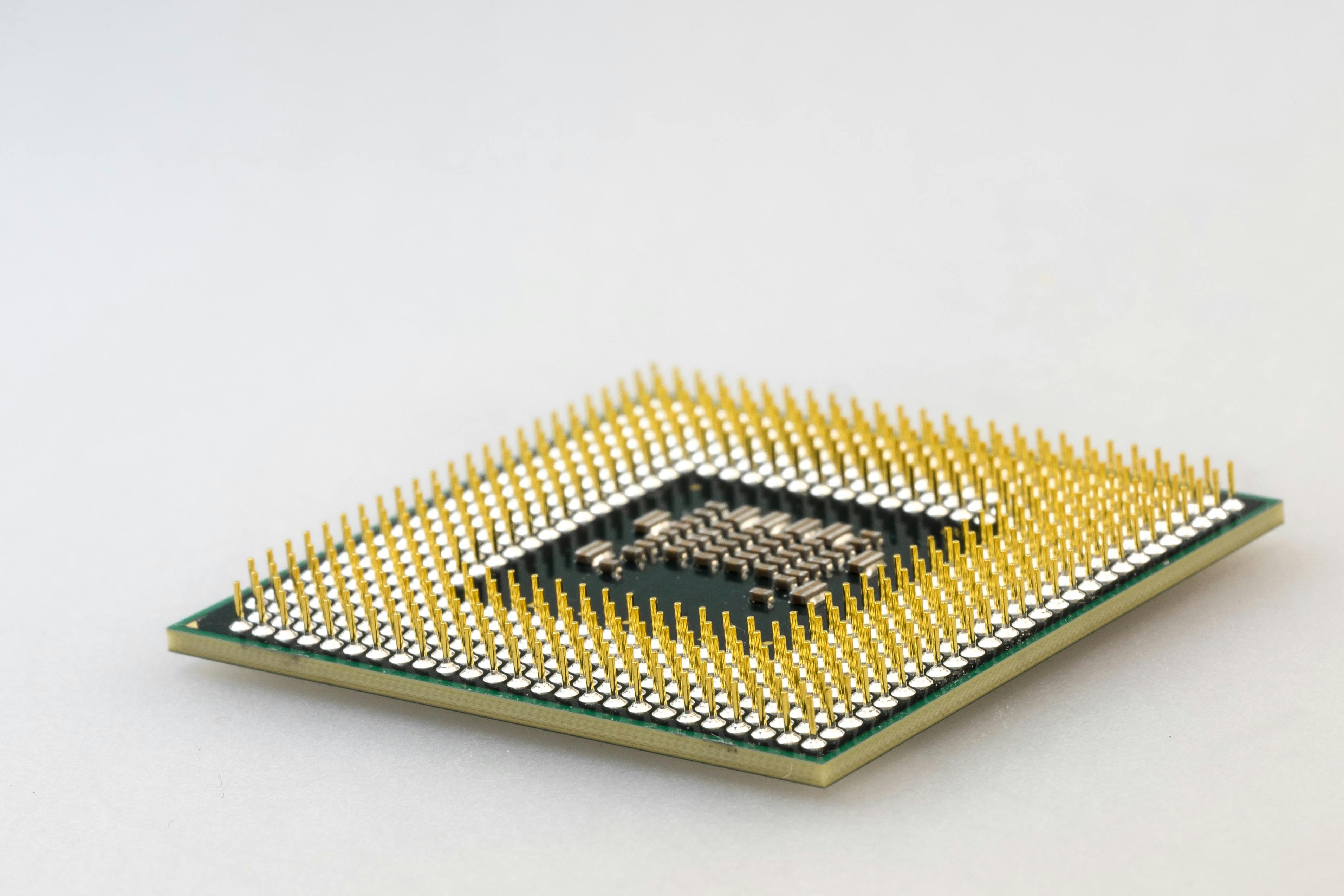Best Midrange Desktop CPU 2025: Which Should You Buy?
9/24/2025 · CPUs · 6 min

TL;DR
- Midrange CPUs 2025 are about balance: enough cores for productivity with strong single thread performance for gaming.
- Intel generally leads in single thread performance and gaming at similar price points.
- AMD Ryzen often provides better multicore value and platform longevity for creators.
- Best midrange picks by use case:
- Pure gaming: 6 to 8 cores with high single core clocks and good boost behavior.
- Streaming and content creation: 8 to 12 cores to avoid bottlenecks while encoding.
- Budget multitasking: 8 core chips with simultaneous multithreading give the best day to day value.
Performance and Cores
- Cores still matter for productivity apps like video export, 3D rendering, and heavy multitasking.
- For gaming at 1080p high FPS or 1440p, single core performance and high clock speeds are most important.
- In 2025 the midrange sweet spot often sits at 6 to 12 cores depending on workload.
IPC and Clock Speeds
- IPC (instructions per cycle) improvements from recent generations narrow gaps between competitors.
- A higher IPC plus a strong sustained boost clock usually beats raw core count for most games.
- Look for CPUs with good boost behavior under load, not just peak single core numbers.
Power, Thermals and Efficiency
- Power draw affects motherboard VRM requirements and cooling choices. Midrange chips can range from very efficient to moderately hungry under all cores load.
- Choose a cooler and a motherboard with adequate VRM for the chip and any overclocking plan.
- If you want a compact build, favor chips with lower all-core power or accept higher temps in smaller cases.
Integrated Graphics
- Many midrange desktop CPUs still ship without integrated graphics. If you need a fallback GPU for troubleshooting or light work, prefer models with integrated graphics.
- Intel integrated graphics in midrange parts tend to be more capable for casual gaming than most CPU integrated options, but a discrete GPU remains preferable for higher frame rates.
Platform and Motherboard
- Consider chipset features: PCIe lane allocation, I O connectivity, and memory support matter more than ever.
- AMD AM5 and Intel LGA sockets both offer strong midrange motherboard options in 2025. Check upgrade paths and BIOS support before buying.
- If you plan to keep the platform long term, factor in CPU upgrade compatibility and emerging features like next generation PCIe or memory standards.
Memory and PCIe Support
- Faster RAM benefits Ryzen more noticeably in some workloads and integrated graphics. For discrete GPU gaming the gains are smaller but measurable.
- PCIe 4.0 is widespread in the midrange. If you want maximum future proofing for GPUs and NVMe, look for motherboards with PCIe 5.0 support, though it is not strictly necessary yet.
Overclocking and Boost Behavior
- Some midrange CPUs allow easy overclocking to extract extra single thread speed. Others rely on efficient boost algorithms and XMP memory profiles.
- Overclocking can increase thermals and power draw significantly. Make sure your cooling solution and PSU are up to the task.
Which Should You Buy?
- Choose a chip with stronger single core performance if your priority is high frame rate gaming.
- Choose a chip with more cores and threads if you regularly edit video, stream while gaming, or run heavy multitask workloads.
- If you want the best long term platform flexibility, prefer a socket and chipset with clear upgrade paths and modern IO.
Buying Checklist
- Primary use: gaming, streaming, or content creation.
- Core count and threads: 6 to 8 for gaming, 8 to 12 for mixed workloads.
- Clock and IPC: favor higher boost clocks and recent generation IPC gains.
- Cooling: stock coolers may be fine for non overclocked chips; invest in an aftermarket cooler for sustained performance.
- Motherboard features: VRM quality, PCIe lanes, M.2 support, and BIOS update policy.
- Memory: 3200 to 5600 MHz depending on platform for best value.
- Integrated graphics: only necessary if you need GPU redundancy.
Bottom Line
For 2025 midrange desktops, pick the CPU that matches your core needs and single thread goals. For pure gaming at high frame rates choose a chip with the best single core performance and boost behavior. For productivity and streaming, prioritize higher core counts and platform features that let you expand storage and memory. Balance price, motherboard cost, and cooling to get the best real world value.
Found this helpful? Check our curated picks on the home page.